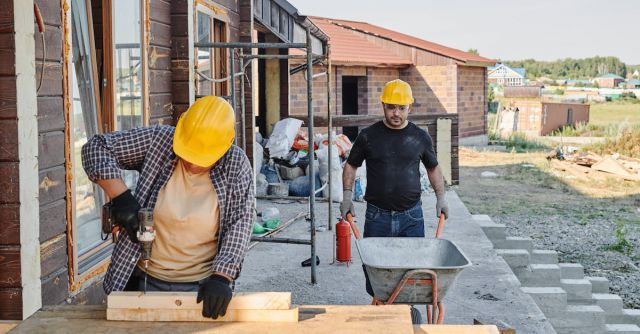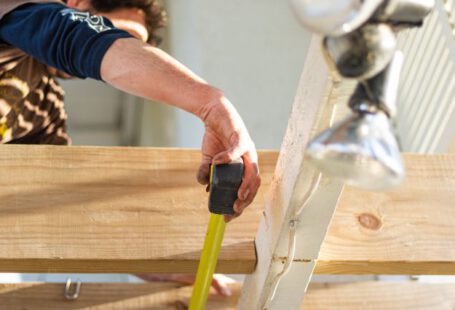Falls are one of the most common causes of injury and death on construction sites. They are responsible for approximately 25% of all construction fatalities and account for over 40% of all injuries. To prevent these accidents, many employers are turning to safety lanyards to protect their workers.
Safety lanyards are an effective way to reduce the risk of falls on construction sites. They are designed to provide a secure connection between a worker and an anchor point to prevent them from falling from heights. When used properly, safety lanyards can significantly reduce the risk of injury or death from falls.
What Are Safety Lanyards?
Safety lanyards are used to connect a worker to an anchor point. They are typically made of a strong, flexible material such as webbing or rope. The lanyard is attached to the worker’s harness and then to an anchor point on the construction site. This ensures that the worker is securely attached to the anchor point and will not fall if they slip or lose their balance.
Why Are Safety Lanyards Important?
Safety lanyards are an important tool for preventing falls on construction sites. They provide a secure connection between a worker and an anchor point, preventing them from falling from heights. In addition, safety lanyards can be used to help rescue workers who have fallen and reduce the severity of injuries from a fall.
Types of Safety Lanyards
There are several different types of safety lanyards available. The most common types are:
- Retractable lanyards: These are designed to retract when the worker is not in use, reducing the risk of entanglement.
- Shock-absorbing lanyards: These are designed to absorb the shock of a fall, reducing the risk of injury.
- Lanyard connectors: These are used to connect the lanyard to the worker’s harness and the anchor point.
How to Use Safety Lanyards
When using safety lanyards, it is important to follow safety guidelines and inspect the lanyards before each use. All lanyards should be thoroughly inspected for signs of wear or damage. If any damage is found, the lanyard should be replaced immediately.
In addition, workers should be trained on how to properly use safety lanyards. This includes knowing how to attach the lanyard to the harness and anchor point, and understanding the limitations of the lanyard. Workers should also be aware of the potential hazards of using lanyards, including entanglement and shock absorption.
Conclusion
Safety lanyards are an effective tool for preventing falls on construction sites. They provide a secure connection between a worker and an anchor point, reducing the risk of injury or death from a fall. By following safety guidelines and inspecting the lanyards before each use, employers can help ensure the safety of their workers.






